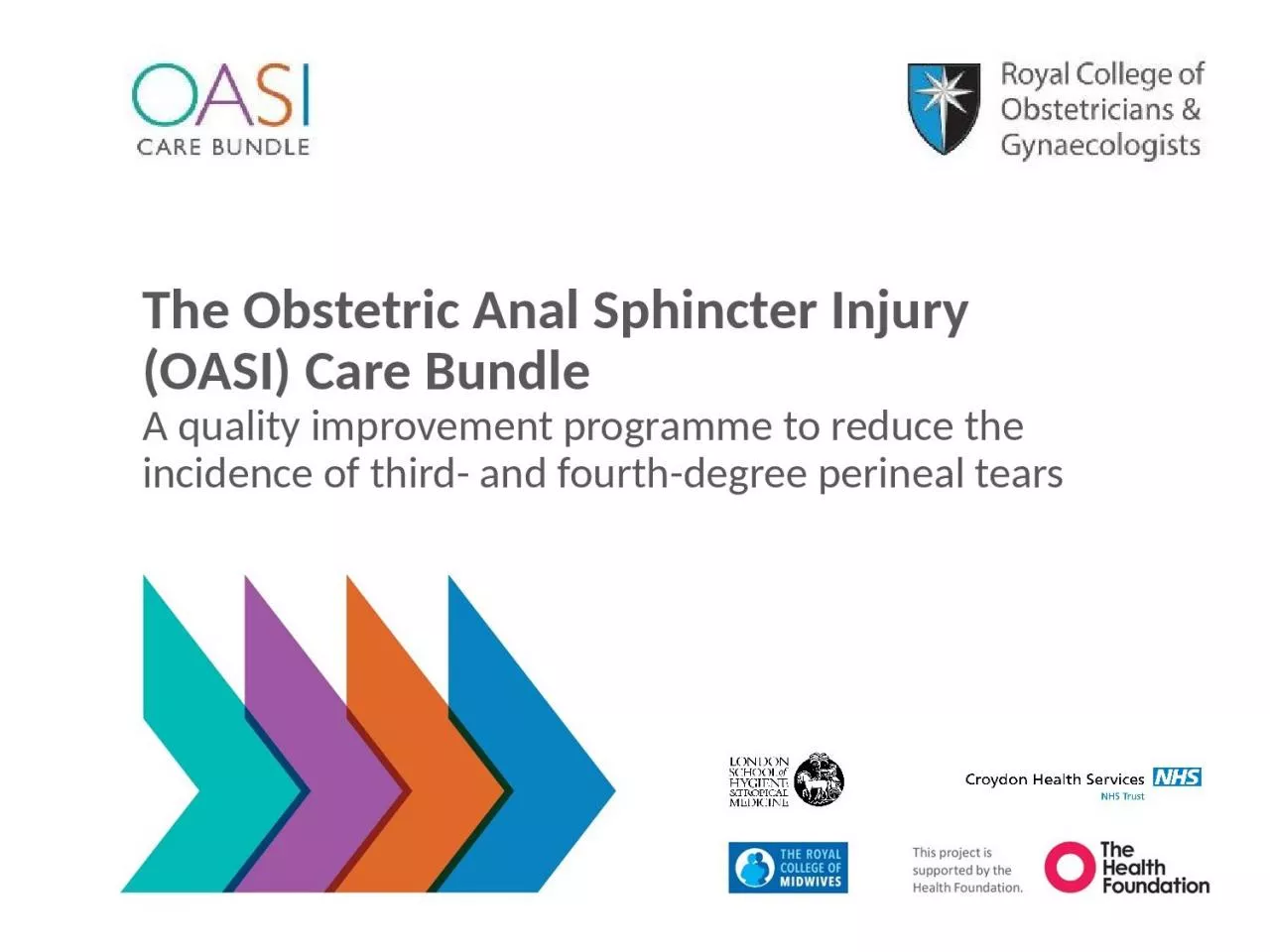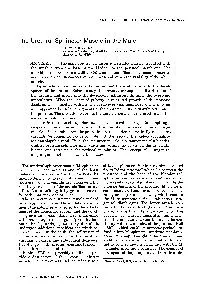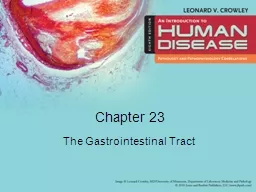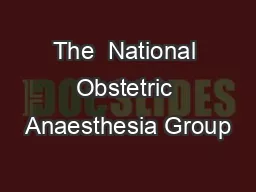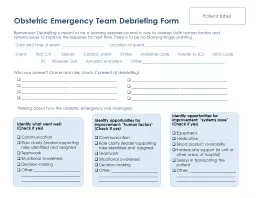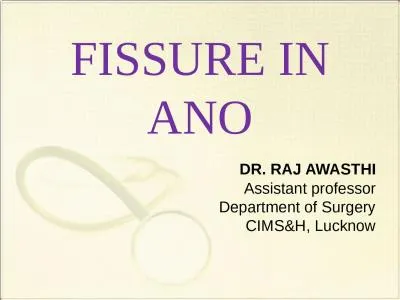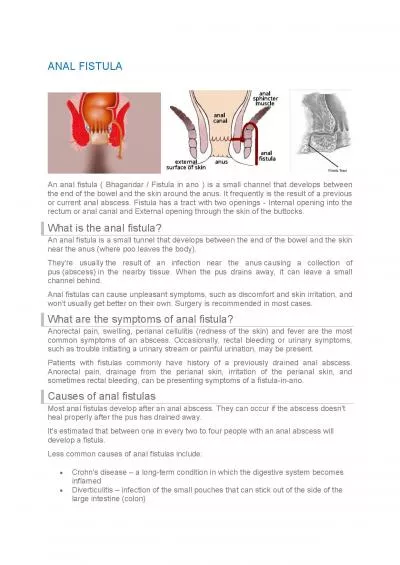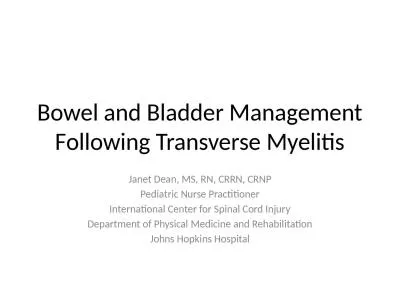PPT-The Obstetric Anal Sphincter Injury
Author : mary | Published Date : 2023-09-21
OASI Care Bundle A quality improvement programme to reduce the incidence of third and fourthdegree perineal tears Current issues in OASI prevention in the UK Inconsistencies
Presentation Embed Code
Download Presentation
Download Presentation The PPT/PDF document "The Obstetric Anal Sphincter Injury" is the property of its rightful owner. Permission is granted to download and print the materials on this website for personal, non-commercial use only, and to display it on your personal computer provided you do not modify the materials and that you retain all copyright notices contained in the materials. By downloading content from our website, you accept the terms of this agreement.
The Obstetric Anal Sphincter Injury: Transcript
Download Rules Of Document
"The Obstetric Anal Sphincter Injury"The content belongs to its owner. You may download and print it for personal use, without modification, and keep all copyright notices. By downloading, you agree to these terms.
Related Documents

